Uric Acid Risk Calculator
How Obesity Affects Uric Acid
This calculator estimates your uric acid level based on your BMI and shows how weight loss can reduce your risk of gout and other complications. Note: Actual levels require medical testing.
When you hear the word obesity is a medical condition characterized by excess body fat that poses a risk to health. It’s not just a matter of extra pounds; those extra kilograms set off a chain reaction that spikes uric acid a waste product formed when the body breaks down purines, found in many foods and in our own cells. When uric acid climbs too high, you’re looking at a range of complications, from the painful flare‑ups of gout an inflammatory arthritis caused by urate crystal deposits in joints to kidney stones and heart disease.
Key Takeaways
- Obesity increases uric acid production and reduces its excretion.
- Higher uric acid levels raise the odds of gout, kidney stones, hypertension, and type 2 diabetes.
- Weight loss of just 5-10% can lower uric acid by 0.5-1mg/dL.
- Dietary tweaks-cutting fructose, reducing purine‑rich foods, and staying hydrated-help manage both weight and uric acid.
- Regular screening for uric acid is advisable for anyone with a BMI≥30kg/m².
Why Obesity Boosts Uric Acid Production
Two biological pathways drive the link:
- Increased purine turnover. Fat tissue is metabolically active. As adipocytes expand, they release inflammatory cytokines that speed up cell turnover. More cell breakdown means more purines, which are then converted into uric acid.
- Reduced renal clearance. Excess weight strains the kidneys. Higher intra‑abdominal pressure lowers renal blood flow, while insulin resistance-common in obesity-prompts the kidneys to re‑absorb uric acid instead of flushing it out.
Both mechanisms mean that, even if your diet stays the same, a higher body mass index (BMI) can push serum uric acid into the hyperuricemic range (≥7mg/dL for men, ≥6mg/dL for women).
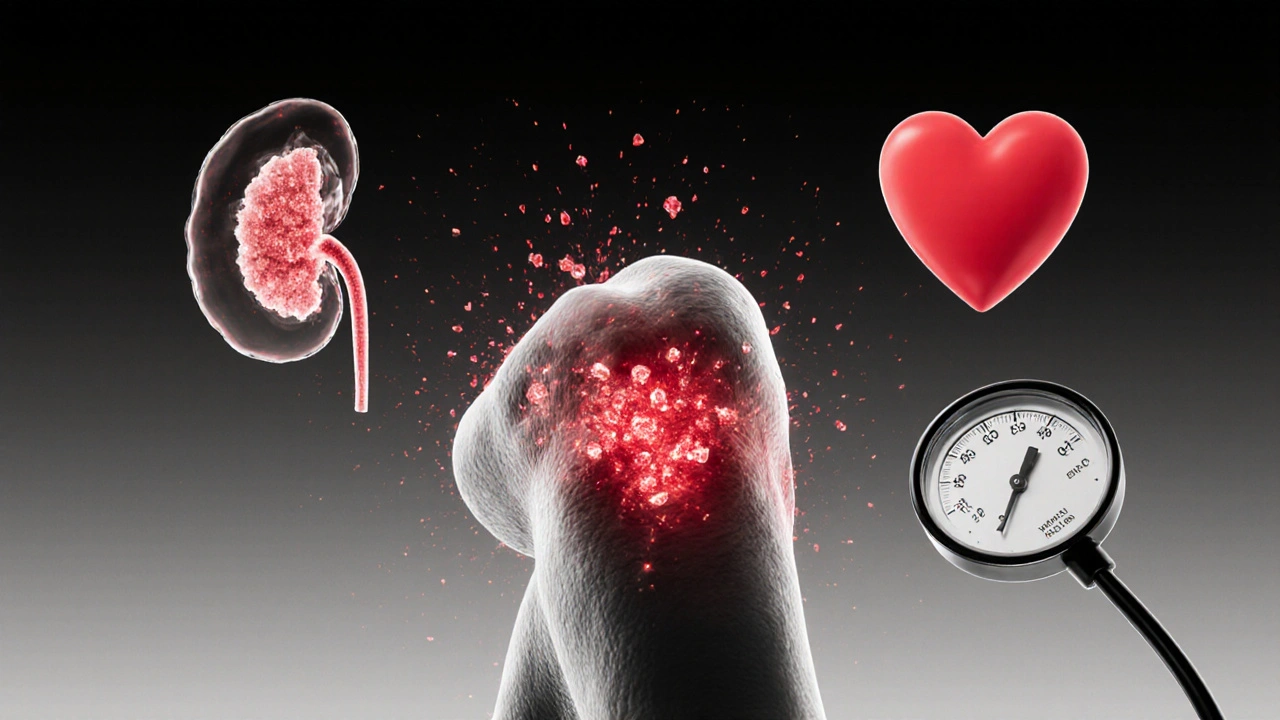
Health Risks That Ride on High Uric Acid
Uric acid isn’t a harmless junk molecule. When it crystallizes, it can damage tissues and trigger inflammation. Here’s how obesity‑driven hyperuricemia translates into concrete health problems:
| Condition | How Uric Acid Contributes | Obesity‑Related Amplifier |
|---|---|---|
| Gout | Urate crystals deposit in joints, causing acute inflammation. | Higher purine turnover → more crystals; reduced clearance → higher serum levels. |
| Kidney Stones | Uric acid can form stones directly or act as a nidus for calcium oxalate stones. | Low urine pH from insulin resistance favors stone formation. |
| Hypertension | Uric acid stimulates renin-angiotensin system and vascular smooth‑muscle proliferation. | Obesity‑induced endothelial dysfunction compounds the effect. |
| Type2 Diabetes | Uric acid impairs insulin signaling and promotes inflammation. | Obesity already drives insulin resistance; uric acid adds another hit. |
| Cardiovascular Disease | Elevated uric acid correlates with atherosclerotic plaque formation. | Combined lipid abnormalities and hypertension accelerate progression. |
Who Is Most at Risk?
The danger isn’t uniform across all people with excess weight. Certain factors tip the scale further:
- Gender. Men naturally have higher uric acid levels, so obesity adds a bigger relative risk.
- Age. After 40, kidney function tends to decline, slowing uric acid removal.
- Dietary habits. High‑fructose corn syrup, sugary drinks, and red meat supply extra purines and fructose, both of which raise uric acid.
- Genetics. Some families carry variants in the SLC2A9 gene that reduce uric acid excretion.
If you check the box for two or more of these, a simple BMI screen isn’t enough-consider a fasting uric acid test.
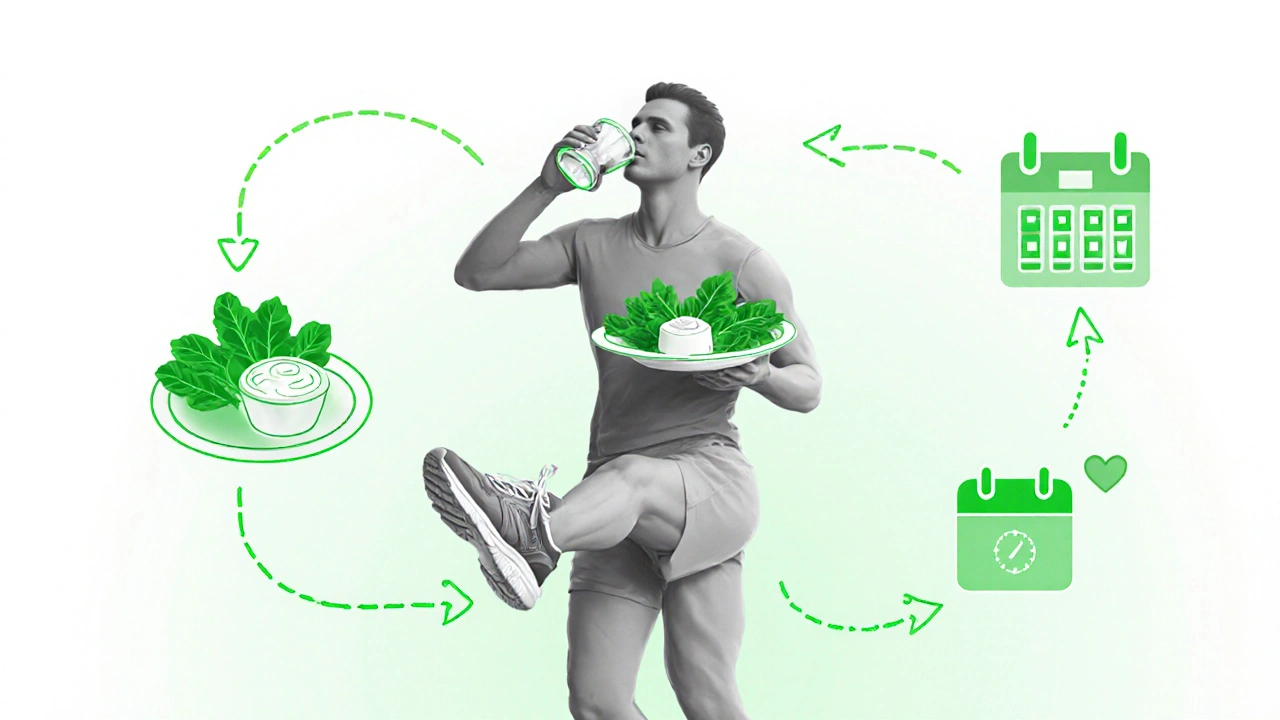
Practical Steps to Lower Uric Acid While Managing Weight
Weight loss and uric‑acid control go hand‑in‑hand. Here’s a roadmap you can start today:
- Set a realistic goal. Aim for a 5‑10% reduction in body weight over six months. Studies show this drops uric acid by roughly 0.5mg/dL per 5% loss.
- Swap sugary drinks for water. Fructose is a major uric‑acid driver; each gram can raise serum levels by 0.05mg/dL.
- Limit high‑purine foods. Cut back on organ meats, anchovies, and excessive red meat. Replace them with low‑purine proteins like legumes (in moderation) and poultry.
- Boost dairy intake. Low‑fat milk and yogurt have been shown to lower uric acid by up to 0.4mg/dL, likely due to uric‑acid‑promoting proteins.
- Stay active. Moderate‑intensity aerobic exercise (150minutes per week) improves insulin sensitivity, which helps the kidneys clear uric acid.
- Monitor medications. Diuretics, low‑dose aspirin, and certain chemotherapy drugs raise uric acid. Discuss alternatives with your doctor.
Even small tweaks make a difference, and they reduce the burden of obesity‑related diseases beyond uric acid.
When to Seek Medical Help
If you notice any of these signs, it’s time to get checked:
- Sudden, intense joint pain, especially at night-classic gout flare.
- Blood in urine or persistent flank pain-possible kidney stones.
- Consistently high blood pressure despite lifestyle changes.
- Elevated fasting glucose or HbA1c levels.
Ask your clinician for a serum uric acid test, a lipid panel, and an eGFR (estimated glomerular filtration rate) to gauge kidney function. If uric acid is above 7mg/dL, a short course of allopurinol or febuxostat may be prescribed, but lifestyle change remains the cornerstone.
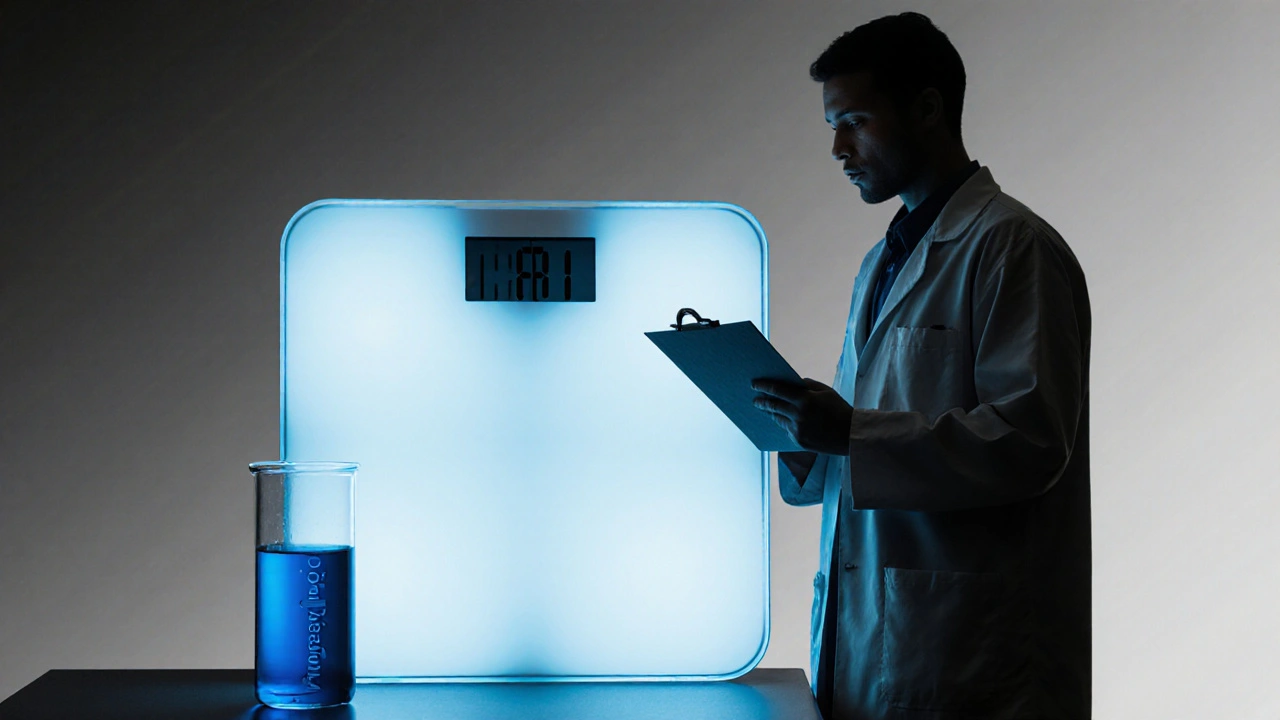
Long‑Term Outlook: Managing the Cycle
Obesity, uric acid, and chronic disease form a vicious circle. High uric acid can worsen insulin resistance, and insulin resistance fuels further weight gain. Breaking the loop requires consistency:
- Regular monitoring. Check uric acid every 6-12months if BMI≥30kg/m².
- Maintain weight loss. Research shows that regaining weight within a year erases any uric‑acid benefit.
- Adopt a plant‑forward diet. The DASH (Dietary Approaches to Stop Hypertension) diet, low in sodium and rich in fruits, nuts, and whole grains, also moderates uric acid.
- Stay hydrated. Aim for 2-3L of water daily; dilute urine reduces crystal formation.
When these habits become part of daily life, the risk of gout, kidney stones, and cardiovascular disease drops dramatically-even if you never reach a “perfect” weight.
Frequently Asked Questions
Can losing weight really lower my uric acid?
Yes. Clinical trials show that a 5‑10% drop in body weight reduces serum uric acid by about 0.5‑1mg/dL, enough to move many people out of the hyperuricemic range.
Is a low‑purine diet enough to prevent gout?
A low‑purine diet helps, but it’s only one piece. Controlling weight, limiting fructose, staying hydrated, and possibly medication are all needed for lasting prevention.
Do sugary drinks affect uric acid?
Absolutely. Fructose is metabolized into uric acid. Drinking one 12‑oz soda can raise serum uric acid by roughly 0.1mg/dL within hours.
Can medication lower uric acid without weight loss?
Drugs like allopurinol or febuxostat inhibit uric‑acid production and can normalize levels quickly, but they don’t address the underlying obesity. Without lifestyle changes, the risk of recurrence stays high.
What’s the safest way to test my uric acid at home?
At‑home kits exist, but they can be inconsistent. A fasting blood draw at a clinic remains the gold standard because it avoids post‑meal spikes.
Understanding how obesity drives high uric acid gives you a clear target: trim the excess weight, clean up the diet, and keep an eye on the numbers. The payoff is more than just fewer gout attacks; it’s a lower chance of kidney stones, better blood pressure, and a healthier heart.

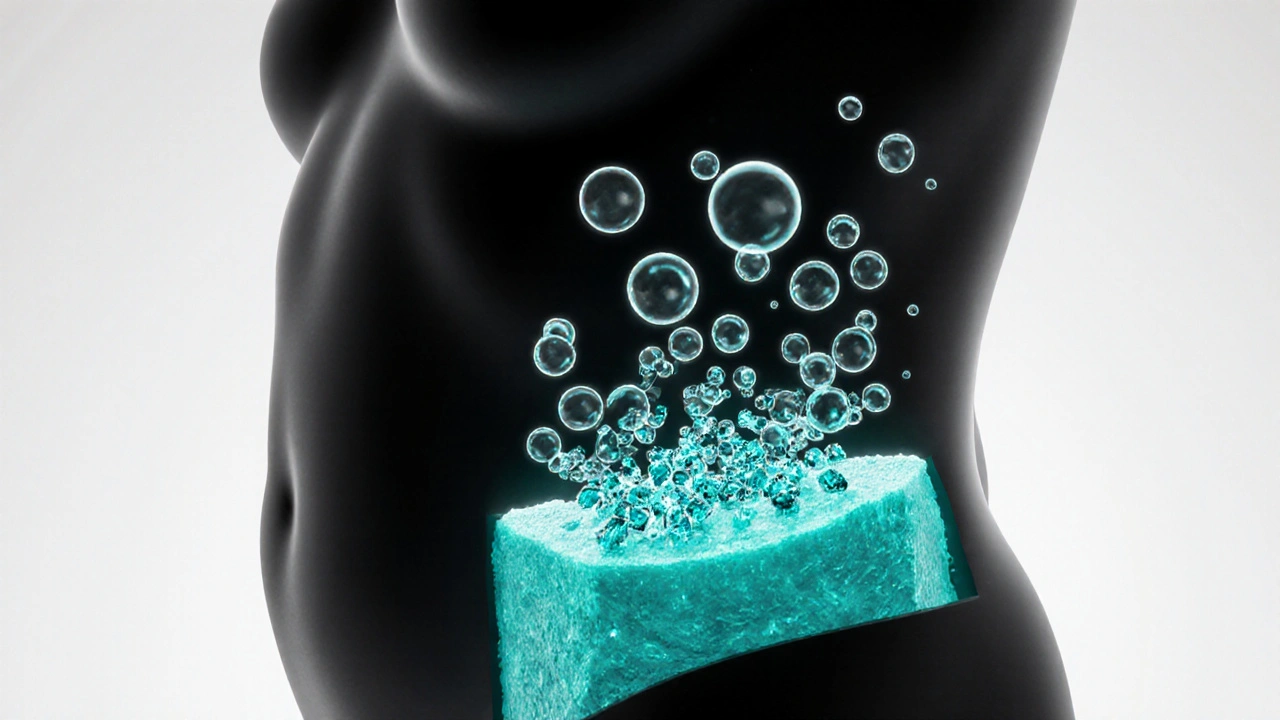

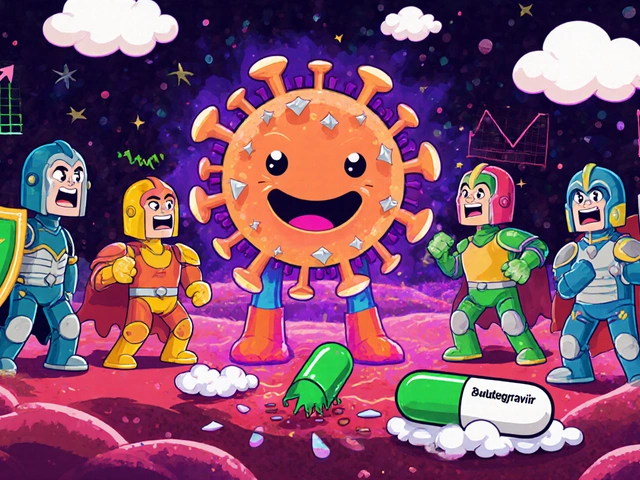

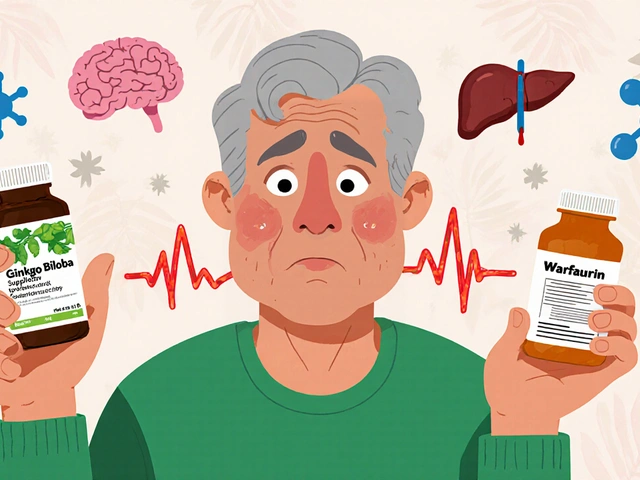

13 Comments
Great breakdown! It's wild how a few extra pounds can set off a chain reaction that pushes uric acid sky‑high.
I love the colorful way you linked fat tissue to purine turnover-definitely a eye‑opener. Just a heads‑up, though, some of the stats might vary a bit across populaions. Overall, solid info, keep the science coming!
The article accurately states that uric acid rises due to increased purine turnover and reduced renal clearance. However, the normal reference range for women is 2.4–6.0 mg/dL, not simply ≥6 mg/dL for all. Additionally, a 5–10 % weight loss typically reduces uric acid by about 0.5 mg/dL, as confirmed by meta‑analyses. The recommendation to screen uric acid every 6–12 months for BMI ≥ 30 kg/m² is reasonable.
I can't believe we still need to be reminded that carrying extra weight does far more than just make you look bulky.
Every extra kilogram is a ticking time bomb that pumps purines into your bloodstream like an over‑excited factory.
Your kidneys, already overworked, start hoarding uric acid instead of flushing it away, turning your body into a pressure cooker.
The inflammation that follows isn't just a minor annoyance; it's a full‑blown assault on joints, kidneys, and even the heart.
People who think a soda is harmless are basically inviting gout to set up camp in their toe joints.
And don't get me started on those diuretics that silently raise uric acid levels while you think you're doing yourself a favor.
The research is crystal clear: a modest 5‑10% loss of body weight can shave off half a milligram of uric acid per deciliter.
That might sound tiny, but it's enough to pull many sufferers out of the hyperuricemic zone.
Yet the media loves to gloss over this, pushing quick‑fix diets that do nothing for the underlying metabolic chaos.
Meanwhile, doctors prescribe allopurinol without emphasizing that lifestyle is the true foundation.
If you ignore the root cause, the medication becomes a crutch that eventually snaps.
Your arteries aren't immune either; the same uric acid that bites your joints also speeds up atherosclerotic plaque formation.
And the vicious circle continues-higher uric acid worsens insulin resistance, which fuels more weight gain.
It's a nightmare loop that can only be broken by consistent effort, not by a weekend detox.
So, stop looking for miracle pills and start walking, drinking water, and cutting that sugary soda.
Only then will you see real, lasting change, and maybe, just maybe, you’ll avoid the nightmare of chronic disease.
Oh, sure, because swapping a soda for water is practically a heroic quest that will instantly erase decades of metabolic damage – sarcasm fully intended.
But seriously, those tiny habit tweaks do add up, and the body does thank you when you stop feeding it fructose fireworks.
Simple truth: excess weight drives up uric acid. The solution, plainly put, is to lower the weight. No need for flamboyant jargon.
While the overview is commendable, it omits a critical appraisal of the cited studies' methodological limitations. Moreover, the recommendation to screen all individuals with BMI ≥30 kg/m² fails to consider renal function variability. A more nuanced guidance would improve clinical applicability.
Actually, uric acid isn’t the sole villain here; genetics play a bigger role than most realize.
Quick tip: aim for at least 2‑3 L of water daily 🥤 and replace sugary drinks with sparkling water flavored with a slice of lemon 🍋. This keeps urine dilute and helps flush out excess uric acid. Also, consider adding low‑fat dairy to your meals – it’s shown to lower uric acid levels. Stay consistent and you’ll notice the difference! 😊
We are the sum of the habits we choose; change one habit and the whole picture shifts.
Respectfully I think the article hits the mark but could be a touch shorter. More bite, less fluff.
From a pathophysiological perspective, adipose‑derived cytokines orchestrate a catabolic cascade that elevates intracellular AMP, subsequently activating AMP‑activated protein kinase (AMPK) pathways which modulate xanthine oxidoreductase activity, thereby augmenting uricogenesis. This mechanistic insight underscores the necessity of integrating adipokine profiling in future hyperuricemia risk models.
It is morally unacceptable to ignore the societal burden that obesity imposes through elevated uric acid. Public health policies must enforce stricter regulations on sugary beverages and provide education, otherwise we perpetuate preventable suffering.
Sounds solid – just keep drinking water and moving a bit each day. 👍